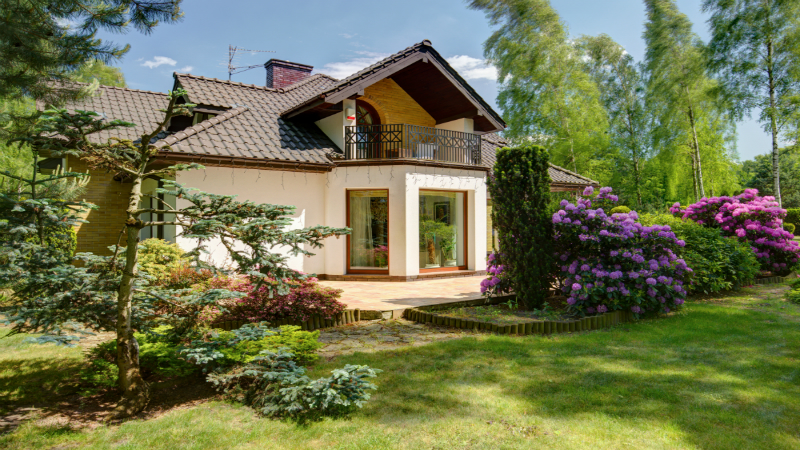In the charming city of Minnetonka, Minnesota, the field of landscape architecture and design is not just about beautifying spaces but also about integrating sustainability and advanced technology to create environments that are both functional and harmonious with nature. The recent trends in landscape architecture and design in Minnetonka, MN, are a testament to a growing commitment towards environmental stewardship and community well-being.
Embracing Sustainability in Landscape Design
Sustainability is at the forefront of landscape design in Minnetonka, with several innovative practices being adopted:
-
Incorporation of Native Plants: Utilizing flora native to Minnesota, such as the Showy Lady’s Slipper or the Tamarack tree, has become increasingly popular. These plants are well-adapted to the local climate and soil conditions, which means they require less water and maintenance, support local wildlife, and provide a naturally resilient landscape.
-
Water Conservation Techniques: In response to the varying weather patterns, from snowy winters to warm summers, Minnetonka’s landscape designers are increasingly turning to solutions like rain gardens and permeable pavements. These techniques help manage stormwater runoff, reduce erosion, and replenish groundwater.
-
Sustainable Materials: There is a noticeable shift towards using materials that are recycled or sourced locally. It reduces the carbon footprint associated with transporting materials, supports local businesses, and reduces waste.
Innovative Use of Technology in Landscape Architecture
Technological advancements have significantly changed how landscape architecture is practiced in Minnetonka:
-
Design Software and Apps: Today, landscape architects in Minnetonka utilize sophisticated design software and apps that allow them to create precise and detailed plans. These tools enable clients to take virtual tours of their future landscapes, making it easier to visualize and tweak designs before any actual work begins.
-
Smart Irrigation Systems: Smart technology has made its way into irrigation practices, with systems that can adjust watering schedules based on real-time weather. This technology helps in conserving water and ensuring that plants receive the right amount of moisture at the right time.
-
LED Lighting Solutions: The adoption of LED lighting in landscape design not only enhances the beauty of the area but also cuts down on energy consumption. LED lights are durable, cost-effective, and offer a range of colors and intensities to illuminate gardens and paths beautifully.
Community-Centric Landscaping Initiatives
Landscape architecture also focuses on building community through thoughtful and inclusive public spaces:
-
Public Parks and Recreational Spaces: Recent projects have aimed at creating versatile public parks that cater to both relaxation and active recreation, providing spaces for community gatherings and events.
-
Healing Gardens and Green Spaces: There is an increasing emphasis on creating green spaces that promote health and wellness. These areas, often incorporated into hospitals or urban settings, provide serene environments that aid in physical and emotional recovery.
-
Educational Opportunities: Schools and educational institutions are increasingly incorporating outdoor classrooms and learning gardens. These spaces provide hands-on learning experiences, connecting students with nature and offering practical lessons in environmental science and biology.
The trends in landscape architecture and design in Minnetonka, MN, reflect a deepening appreciation for the role that well-designed landscapes play in ecological sustainability, technological advancement, and community health. As we look to the future, these trends are expected to evolve further, promising even more innovative and environmentally integrated landscape solutions that meet aesthetic and functional needs and contribute positively to the local ecosystem and community life.

